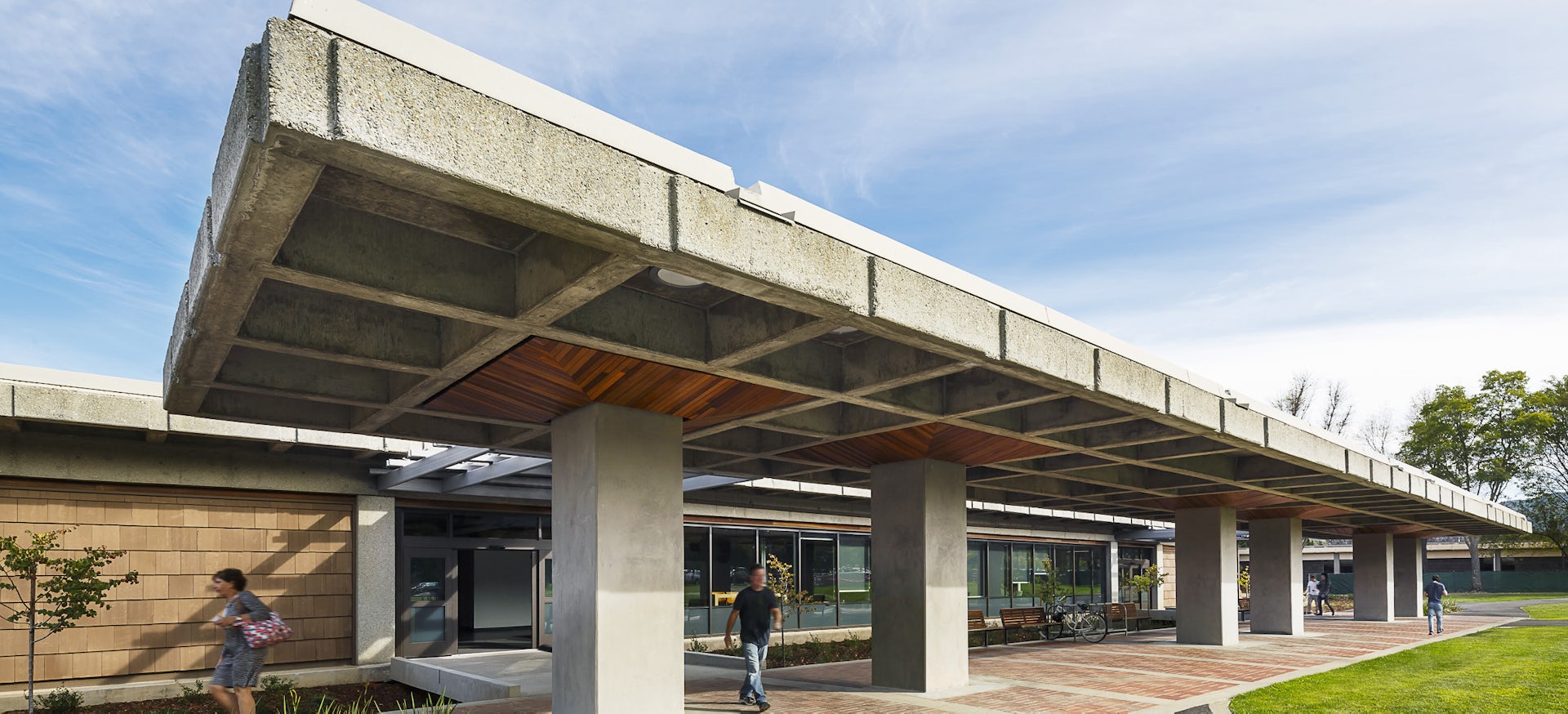By Bryan Seamer SE, Director of Structural Engineering at LPA
The recently released code clarifications from the Division of the State Architect (DSA) offer clear guidance on when and how California schools will need to perform seismic upgrades. The bottom line: almost any significant renovation must include a retrofit.
For public schools that are planning to modernize their facilities, DSA Interpretation of Regulation IR EB-4 says that districts must include seismic retrofits if the upgrades exceed 50% of the school’s replacement value. For 2021, the DSA defines replacement value as $412 per square foot for typical construction and $742 per square foot for toilet room construction. Previously the administrative code only specified the 50% replacement cost, without including cost per square foot, but this year’s clarification gives districts much less discretion to determine their own cost estimates. A subsequent update to IR EB-4 provides two other paths to determine replacement cost based on recently completed similar projects and formal cost-estimating.
The calculation excludes items such as HVAC, site work and FF&E. And there are some ways to seek alternate valuations for replacement costs, such as providing budgets for similar facilities completed in the past three years. But these numbers will be used in the vast majority of cases, which should provide districts with clarity on whether they will require a seismic upgrade.
What does this mean for California’s K-12 and community college districts? The impact of this newly clarified policy can be minimized as long as the appropriate planning and structural engineering team is in place. A seismic retrofit typically runs 5% or less of total project costs. It can be easily budgeted, as long as it is accounted for in the initial design or master plan. Where districts run into trouble is when inexperienced firms create an initial design that must be completely reworked for seismic after project funding has been secured or after the design has been completed. This results in significant delays and increased costs. When seismic isn’t budgeted before receiving funding, it can be another headache. Securing funding for modernizations is a complicated and time-consuming process; discovering that the funding is 5% short due to seismic needs can be a major issue.
Additional refinements to the DSA’s codes surrounding seismic retrofit are coming. Starting in 2024, DSA plans to start removing the replacement cost as a trigger for upgrades in hopes of simplifying the code. The new code may require all buildings of a certain age to be upgraded or create other provisions that aren’t as focused on cost.
These regular code clarifications and updates are just one reason why it’s important to partner with an integrated firm like LPA with structural engineers who are knowledgeable about the latest regulations and experienced working closely with DSA on modernization and renovation projects. When appropriately planned as an integrated team, designing for seismic resilience is a streamlined part of the design process. But when it comes as a surprise, schools can lose time and money scrambling to adapt.
















